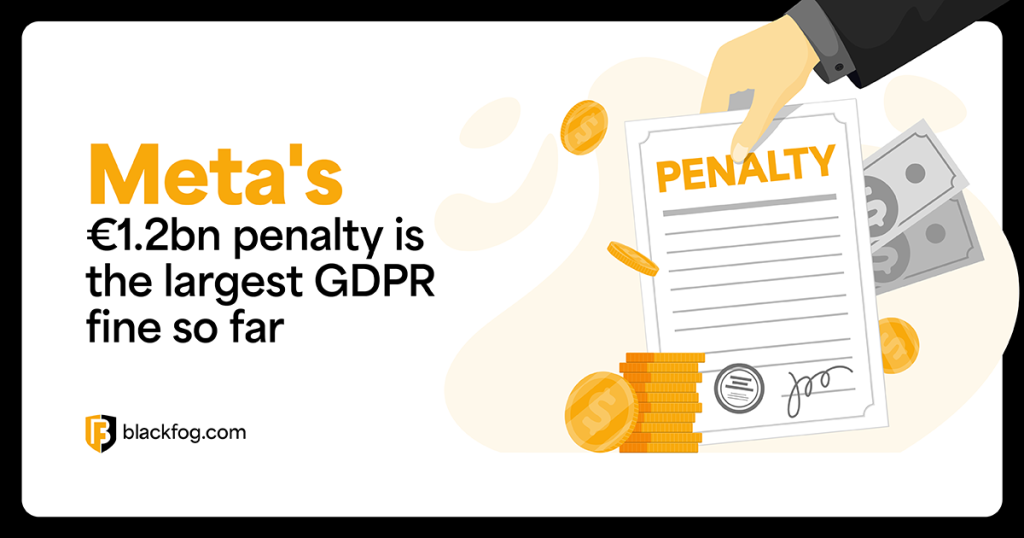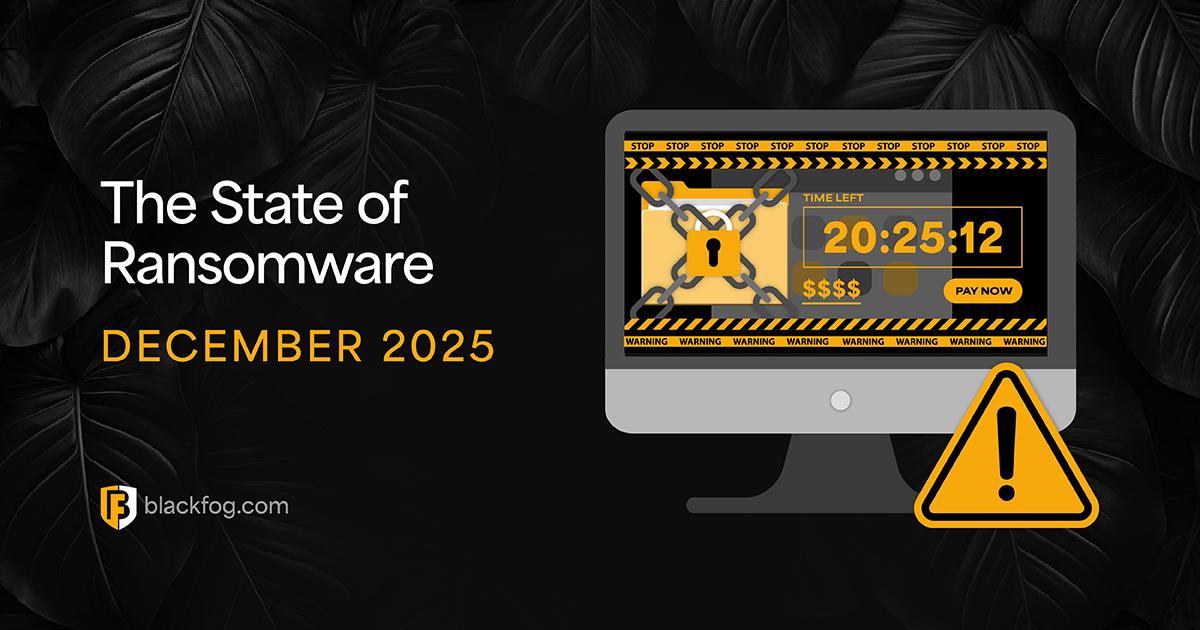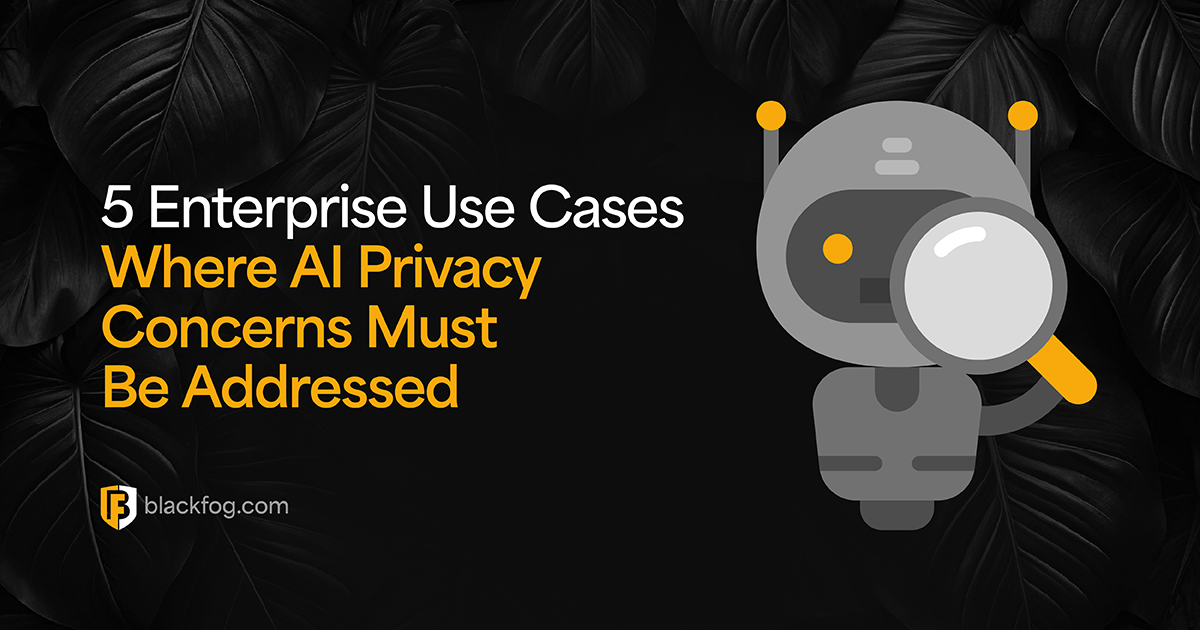
GDPR Audit: A Practical Guide to Staying Compliant
The General Data Protection Regulation (GDPR) is one of the world’s strictest and most comprehensive data privacy laws. It sets clear rules for how organizations must collect, use and protect all personal information and as such must be a key consideration in any data risk management strategy.
While GDPR is an EU regulation, it applies to any business that handles data belonging to EU residents, no matter where that company is based. As such, every firm that deals with personal data should be aware of its requirements and run regular audits to check they meet these standards. This is not a task to be taken lightly, as failing to follow GDPR rules can lead to heavy fines and serious damage to a company’s reputation.
What is a GDPR Audit?
A GDPR audit is a detailed check of how a business collects, uses, stores and protects personal data. It reviews whether current policies and processes follow GDPR rules and highlights any gaps that could lead to fines or breaches. This should cover every stage of the data journey, from how consent is obtained before any data is gathered to how information is shared with partners, kept secure and eventually deleted.
Businesses should run a GDPR audit regularly, especially when launching new products, working with new partners or handling large amounts of customer data. By doing this, firms can spot weaknesses that could expose their data inadvertently or leave them open to hackers.
The audit process usually involves mapping data flows, checking security measures, reviewing staff training and ensuring up-to-date privacy notices. Done correctly, it gives firms a clear view of their compliance status and provides a plan to fix issues quickly. A good audit builds trust with customers and shows regulators the company takes data privacy seriously.
Penalties for GDPR Non-Compliance

The penalties for failing to meet data protection requirements can be severe. Under the regulation, firms can face fines of up to four percent of their annual global turnover or €20 million, whichever is higher. For large enterprises, this can quickly add up to millions or even billions of euros, making GDPR one of the toughest privacy rules in the world.
Some of the largest fines show how serious regulators are. In 2023, Meta was fined €1.2 billion for mishandling user data and failing to protect it when transferring information to the US. British Airways and Marriott have also faced multi-million euro fines for data breaches that exposed customer details. These examples prove that no business is too big to escape penalties. At the other end of the scale, however, small firms are not exempt – and could find it more difficult to comply with the rules given their limited resources.
Poor data handling damages more than just the bank balance. GDPR requires firms to report data breaches within 72 hours, which can draw unwanted public and media attention. This often leads to a loss of customer trust and long-term harm to a company’s reputation.
A GDPR audit helps firms avoid these costly mistakes by finding poor data handling practices or network and website security vulnerabilities before they turn into fines or headlines.
How to Conduct an Effective GDPR Audit
A GDPR audit is a complex process that is much more than just a data risk assessment. It looks closely at how personal data is handled at every stage. It aims to ensure firms have consent to collect the data, that access to it is adequately controlled and the purposes it is used for are allowed.
By following these key steps, businesses can stay compliant, protect customer information and avoid unexpected fines and reputational damage.
Map and Review Personal Data
Start by creating a detailed record of all personal data your business collects, including where it comes from, why you hold it, how long you keep it and who can access it. This data map should cover files on servers, cloud storage, employee devices and third parties, and also include data classification to assess its sensitivity and value.
Check Consent, Privacy Notices and Legal Grounds
Assess how you collect consent from users and confirm that it is clear, freely given and easy to withdraw. Review privacy notices to ensure they explain in plain language how data is used and what rights customers have. It’s also vital to ensure that all your data processing matches what users have given permission for. In cases where data is processed without consent, make certain you have a valid legal basis – such as a contract or legitimate interest – and ensure this is clearly documented.
Assess Security Measures and Third-Party Management
Examine technical and organizational measures that keep personal information safe from data security threats like leaks, theft or unauthorized access. This includes up-to-date security tools, employee training and secure data sharing practices. Also review all third-party contracts to ensure vendors are following GDPR rules and there are proper agreements in place covering their data handling responsibilities.
Test Data Subject Rights and Records Compliance
It’s important to know how teams handle requests from individuals who want to access, correct or delete their data. Confirm you can respond within the GDPR time limits and keep clear records of each request. Finally, check that your records of processing activities are complete, accurate and updated regularly as required under GDPR.
Dealing With Issues Found in a GDPR Audit
It’s normal for a GDPR audit to uncover gaps that need attention. Some of the most common problems include:
- Unclear consent records
- Outdated privacy notices
- Poor network security
- Weak access controls
To fix these, start by updating privacy notices and making sure consent is clear and easy to manage. Strengthen network security with robust firewalls, regular software updates and real-time threat monitoring. Strong access controls and endpoint protections to prevent data being shared or removed from the network without authorization are also important.
Many firms also discover they do not monitor third-party partners closely enough or lack proper data sharing agreements. If firms give access to outside parties that lack security or without the consent of their users, they will still be liable for any issues. Tighten contracts with suppliers to ensure they follow the same high standards.
Finally, repeat audits regularly to catch new risks early. By closing these gaps, firms can protect customer trust and prove they take GDPR compliance seriously.
Share This Story, Choose Your Platform!
Related Posts
The State of Ransomware 2025
BlackFog's state of ransomware 2025 report measures publicly disclosed and non-disclosed attacks globally.
The State of Ransomware: December 2025
BlackFog's state of ransomware December 2025 measures publicly disclosed and non-disclosed attacks globally.
AI Data Exfiltration: The Next Frontier Of Cybercrime
How are cybercriminals using AI data exfiltration to enhance their ransomware attacks and what must businesses do to counter these threats?
5 Enterprise Use Cases Where AI Privacy Concerns Must Be Addressed
AI privacy concerns are rising with AI adoption - five use cases highlight the key issues businesses must consider.
What AI Management Really Means For The Enterprise
Ongoing AI management is essential in maintaining compliance in a challenging environment. Here's what businesses need to consider.
AI Security Risks Every Business Must Know About
AI Security Risks are growing as AI embeds in business. What key threats must firms address to stay compliant with data regulations?






